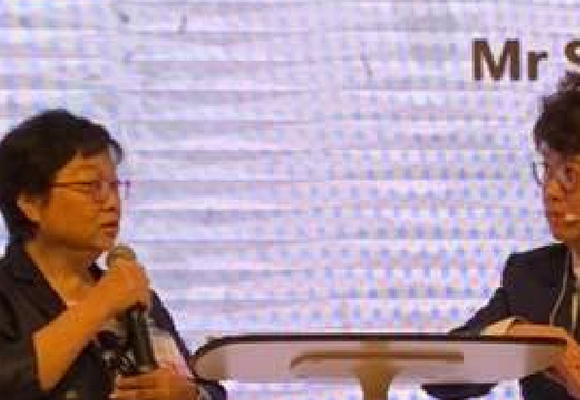The Importance Of Binocularity
Whenever Optometrists refers to the ability of the brain to fuse two independent images, one from each eye, into one, they are talking about binocularity. Optimal binocularity, when both eyes are aimed singly at a given point of distance, results in the merging (fusion) of both images into one three dimensional picture.
What Factors Inhibit Binocularity?
Inadequate vision development during childhood is a hefty factor in the lack of binocularity or eye teaming. Sometimes trauma including tumors, disease, or injury can affect one’s binocularity and lead to poor fusion.
How Will Weak Binocularity Affect Vision?
Where there is a lack of eye muscle control, a person tends to compensate in ways that overtire or stress the visual system excessively. The extra exertion of the eye muscle tends to be the cause of headaches in those who suffer from problems in eye teaming. In severe cases, the two pictures provided by each eye cannot be fused and double vision will occur. The brain sometimes attempts to alleviate these stressors by “ignoring” one of the images provided by the eyes, which is called suppression. In children, it is possible that the child could develop a visual impairment called amblyopia (lazy eye) where an eye is suppressed for too long by the brain becomes extremely weak.
How Are Binocular Problems Diagnosed?
There are many symptoms that imply an adult could be suffering from poor binocularity:
Double vision
Headaches
Eye and body fatigue
Irritability
Dizziness
Difficulty reading or concentrating
If a child is suffering from poor binocularity the following signs and symptoms may be present:
Covering one eye
Head Tilting
Skipping lines or losing their place while reading
Poor sports performance
Avoiding tasks that require close work
Tiring easily
If a child is suffering from poor binocularity the following signs and symptoms may be present: Covering one eyeHead TiltingSkipping lines or losing their place while reading poor sports performance avoiding tasks that require close working easily.
How Is Poor Binocularity And Other Vision Problems Treated?
This condition cannot be solved simply by utilizing prescription glasses or contact lens. Inadequate binocularity is generally treated with vision therapy along with specialized glasses. Vision therapy is a sequence of activities individually prescribed and monitored by a Neuro-Developmental Optometrist and administered by a Vision Therapist to develop efficient visual skills and processing. The professional staff at Sun Time Vision Specialist, Neuro-Developmental Optometry, and Vision Therapy Services is ready to help you develop the most optimal vision possible and change your life.


